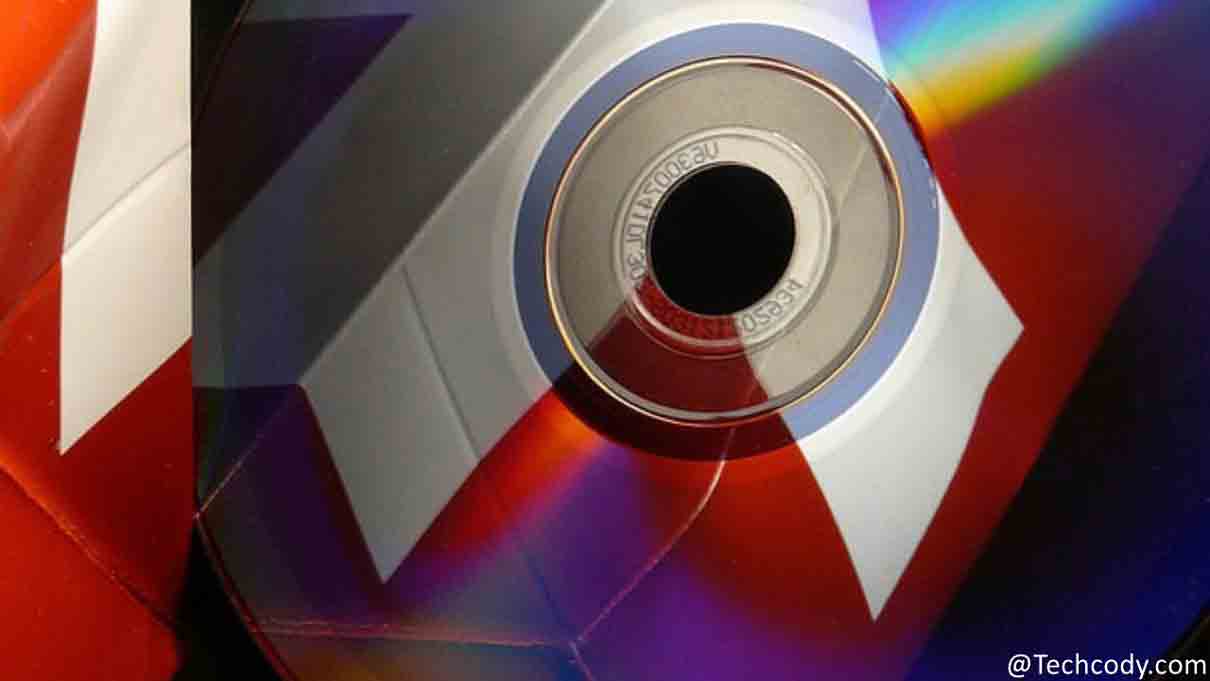How CD and DVD are made | Process Behind
How DVD is Made
DVDs are usually shiny, metallic, and reflective. A DVD or CD actually starts as a life of the clear glass, that is coated with a very thin layer of photosensitive material. As to store information onto it. The metallic paint actually contains metal particles, most often aluminum powdered metal. That aluminum powdered metal is combined with paint paste to provide colors brilliance and a metallic effect. The larger the particles, the greater will be the effect.

Disc making process from a master disc
Millions of data bits representing numbers, words, music, and drawings today all available on DVDs compact discs. The best part of these discs, is they are so user friendly. DVDs or CDs are made from an original master disc. As it is a thin plate of glass placed in the unit, which brushes the surface to perfectly clean it. Then the startup of the machine and the cleaning is done with the ionized water in a small brush.
The excess water is eliminated by the rapid rotation of the disc. Then the disc goes into the surface analyzer, where a laser beam inspects the cleanliness of the surface. At this point, two chemicals are applied, that is a primer and a photo resistant coating. This whole operation is done at a temperature of 21 degrees centigrade for 3 minutes.
DVD construction
Then the disc is safely retrieved from the apparatus. The photo resistant coating dries in an oven for 30 minutes. This developer has 2 spouts, one applies ionized water, and the other sprays a solution to develop the data etched on the glass. Then the information is now engraved on the disc. The disc is placed in metal coating equipment. Then a thin coating of nickel and vanadium is applied. This process results in a master from which discs will be made. The edge glass is immersed in a chemical solution for 70 minutes.
Then the plated piece is removed thus obtaining a die. This dye is sent off for finishing and it is stamped out into the desired shape. The excess material is later recuperated for recycling. The compact disc will be fabricated from this master unit. The master is then taken out, and a worker peels off the film which protected the data etched on the die. For a visual inspection, the die is sent to the pressing department. The die is delicately installed in the mold which then forms a compact disc.
DVD polycarbonate plastic
The compact disc is made from a very special plastic called polycarbonate. The liquid poly-carbonate is injected into the die. It comes out as a small hard translucent disc. It is now ready to be metal-coated so that it can be read by a compact disc reader.
A robotic arm lifts the disc from the mold and places it on supports. This whole metalizing process is extremely short and simple for a second. It consists of covering of plastic disc with a thin coating of aluminum. In this facility, everything is automated. This allows for the production of over 100000 discs per day. Protecting the surface of the disc is essential so a coat of varnish is applied which allows silk screening to stick well to it.
Finally ultraviolet lamps, quickly dry the varnish, and then the label is applied to the compact disc. Once the silk screening is completed, the finished discs leave for packaging.






